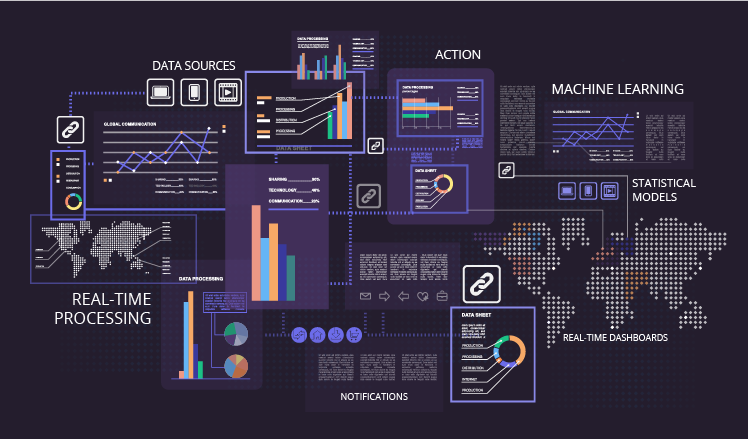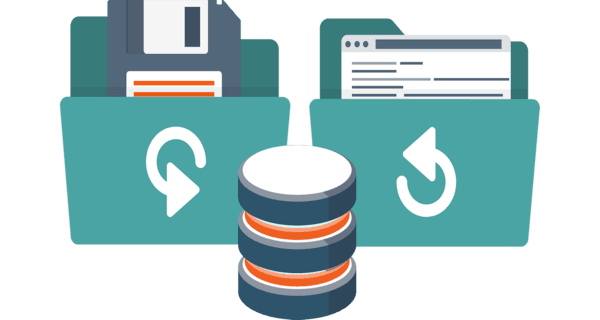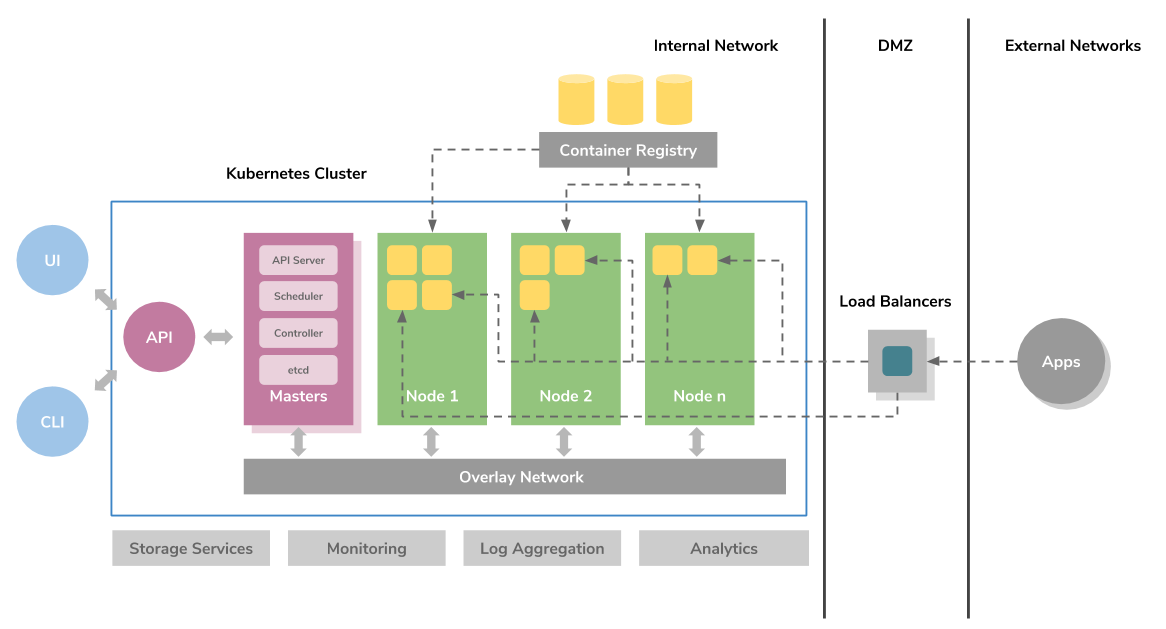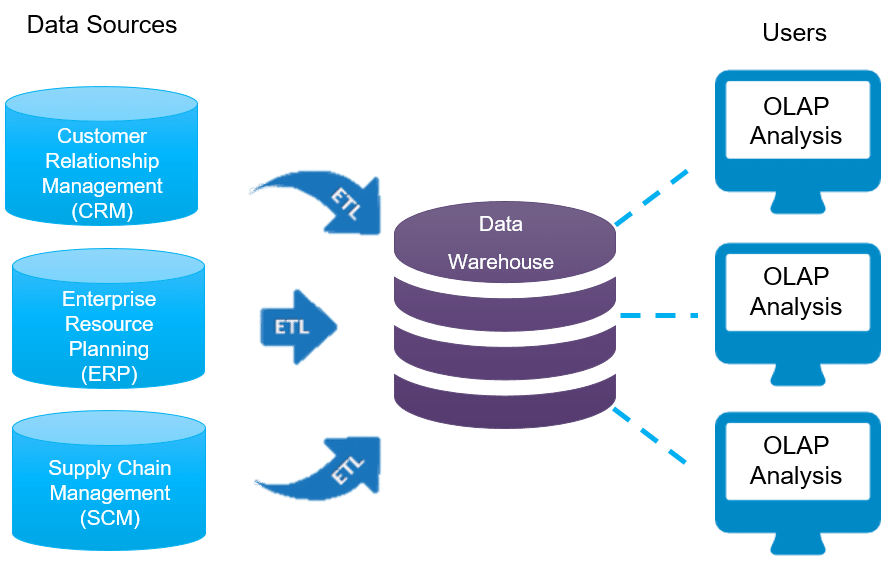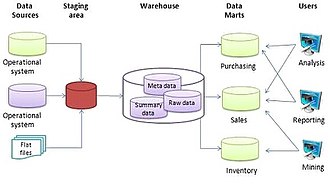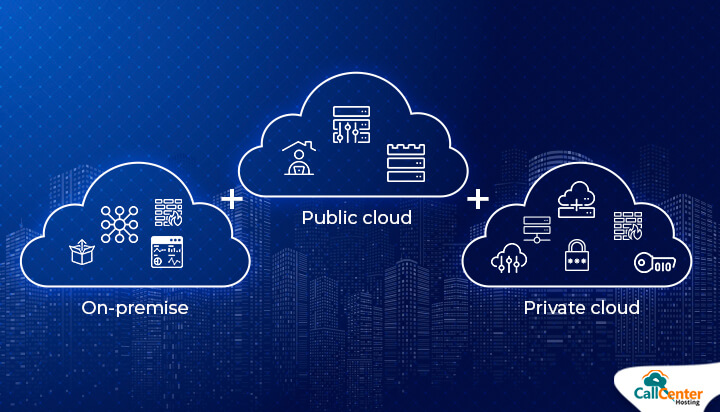
Cloud computing is where data is stored, managed and processed on a network of servers hosted remotely on the internet. It has become highly popular with businesses because it offers considerable savings together with high security, enormous capacity and a host of managed services. Cloud hosting provides businesses with many advantages and in this post, we’ll take a look at ten of the most important ones.
1. Cloud hosting saves you money

The bottom line for any business looking to adopt a new technology is whether it offers value for money and a good return on investment. What’s great about cloud computing is that you don’t need your own hardware as everything is hosted on your providers’ servers. This means savings can be made on the cost of hardware and, in addition, you can dispense with the costs of running your own data centre. You won’t need to pay for space, power, physical security, insurance and air-conditioning or need to cover the costs of ongoing maintenance.
2. Instantly scalable resources and pay as you go pricing

If you have your own data centre and need to increase computing resources, you’ll need to buy, install and configure an expensive new server. If you only need that capacity to cover a short-term demand, it leaves you with two problems. Firstly, you’re buying something that may lay redundant for most of the time and, secondly, if that demand comes unexpectedly, you might not get the server up and running in time to deal with it.
With cloud computing, scalability comes built in. If you need extra resources because of an unexpected peak in website traffic, you can increase your computing capacity instantly. If that peak only lasts for a day or two you can scale down as demand decreases. And, as you are charged on a pay as you go basis, you only pay for the extra resources you have used. There is no need to upgrade permanently to a bigger package or hire a new server. In this way, cloud provides increased agility and cost-effective resourcing.
3. Strategic competitive advantage
Deployment time in cloud computing is virtually zero and applications that are critical for growth and success can be online almost instantly, giving you a strategic competitive advantage over competitors who have not yet adopted cloud technology.
In addition, the scalability mentioned above means that smaller companies who would normally be at a disadvantage against larger companies with greater in-house capacity, now find themselves on a level playing field without the need to invest heavily in their own data centres.
4. High Availability
As businesses become reliant on applications to run their critical operations, downtime can be disastrous. Server failure can result in companies coming to a complete standstill and getting back online can be a challenging and sometimes long-winded process. Losses can be significant.
Cloud hosting, however, removes the possibility of server failure causing downtime. A cloud environment is engineered to deliver predictable and consistent performance with guaranteed 100% up-time. This is because clients are hosted on virtual machines that, in the event of an issue, can be migrated between the clustered server. The cloud’s hyper-converged design guards against everything from hard disk failure to an entire server failure, enabling mission-critical applications to be available all the time.
5. Lightning fast performance
In order to stay competitive, cloud service providers need to continually update their technology to meet the demands of their customers. As a result, cloud computing offers high-performance servers with technology such as powerful CPUs and super fast SSD drives.
In addition, load balancing is used to route client requests in a way that maximises speed and capacity utilisation. In this way, when servers are busy, the load is distributed so that no single server suffers from performance problems – and with so many servers at their disposal, a cloud provider can always ensure that performance is consistently optimised.
6. Get new apps running quicker

Before the advent of cloud computing, it could take a long time to get new applications running smoothly. Cloud-based applications, however, have significantly reduced the time required for successful execution. Most cloud-based applications can be used instantly after signup.
This offers many advantages to businesses. One, in particular, is that businesses who migrate to the cloud can be benefiting from AI and machine learning applications within hours of signing up.
7. Increased security
With cloud hosting, your business is protected against hacking, infection and internal data theft. Cloud providers are required to comply with a range of stringent security regulations in order to protect their customers’ data. This includes the use of robust firewall technology that features intrusion prevention systems and in-flow virus protection. These detect and isolate threats before they reach your server. You can even extend your office into the cloud with extensive VPN features.
8. More flexible working

Cloud computing provides greater flexibility in how employees work. As it is internet based, staff can access files both in and out of the workplace, enabling them to work remotely or in the office. Many companies are using this to give employees more flexible working conditions and to cut down on the amount of office space they need. In order to cut costs, many local councils have massively reduced office space expenditure by allowing staff to work from home and by using a hot-desking system on the days they come into the office.
Staff can access the company’s system using web-enabled devices such as smartphones and laptops and can collaborate in real-time with others by sharing synchronised files and using online conferencing. Many businesses now have a ‘bring your own device (BYOD)’ policy which is backed up by the use of a logical access authentication protocol to ensure security.
9. Environmental friendly
Moving your system to the cloud means that you won’t need your own data centre and can reduce your own carbon footprint significantly. You won’t need to power the servers or keep them cool. You won’t even need data centre space which needs to be lit.
However, there are more environmental benefits than simply offloading your carbon footprint to your provider. Once you have migrated to the cloud, you’ll find that economies of scale mean that your provider can use energy in a much more efficient way and that the energy needed to run your systems is much less than it would be on-site. In this way, cloud computing reduces the overall impact on the environment.
10. The cloud is future enabled
We’ve already mentioned that cloud’s scalability puts smaller companies on a level playing field with bigger ones. In the future, this is going to be even more important. With the growth of the Internet of Things, the amount of big data that businesses are collecting and processing is going to increase exponentially.
Big data analytics provides vital information for driving business development and those companies who have the resources to carry it out are the ones who will gain most. Cloud computing is by far the most cost-effective option for storing and processing enormous quantities of data. In addition, it provides the easy deployment of the applications needed to carry out this processing.
Conclusion
As you can see from this post, cloud hosting provides many benefits to businesses. It’s cost-effective, can save you money, it’s highly reliable and it provides the scalability, flexibility, agility, high performance and security businesses need from their IT systems.


 The
The 

















